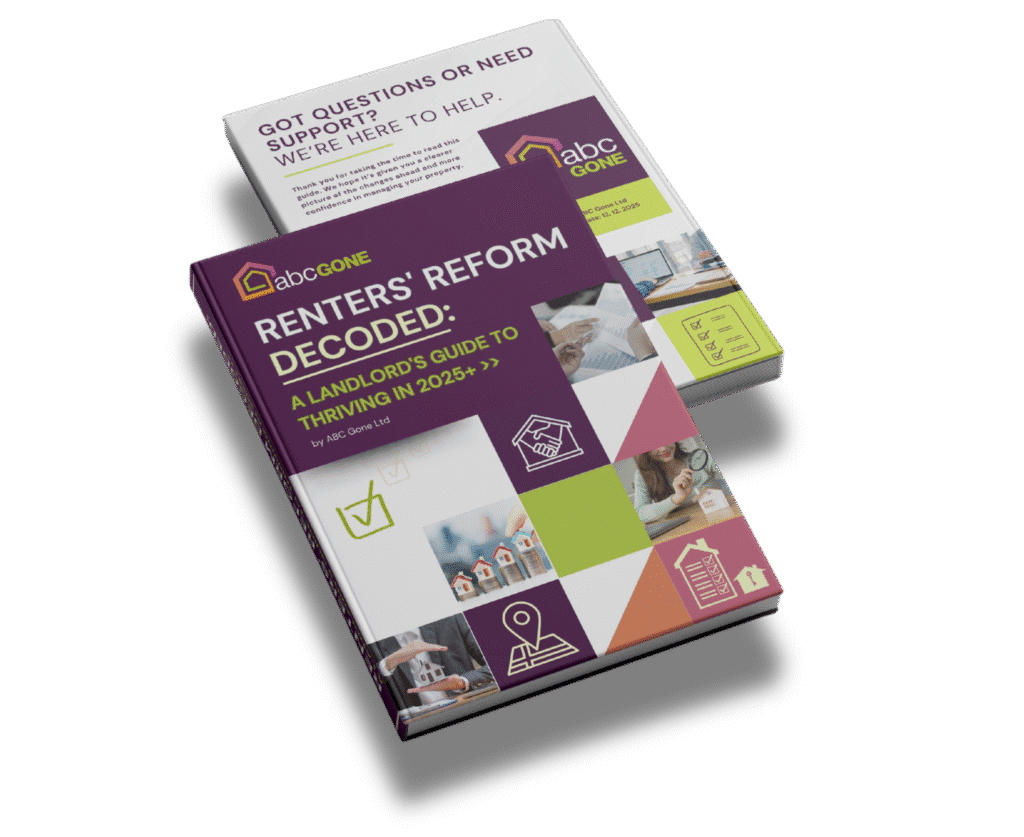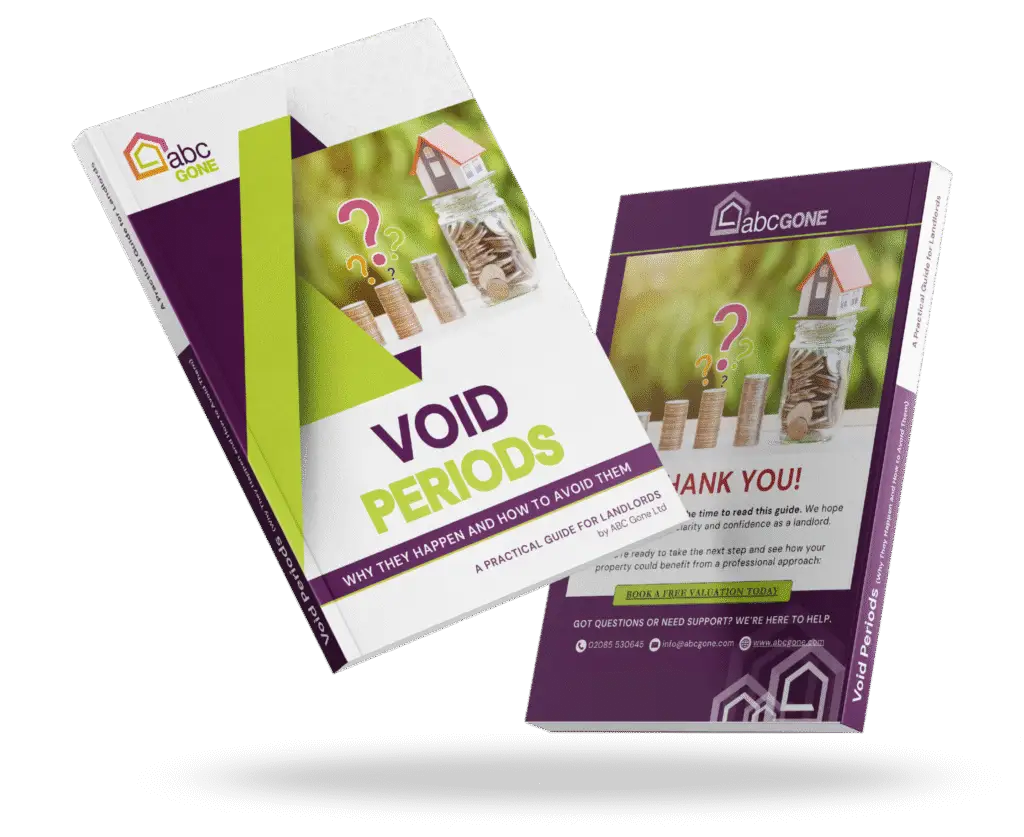What is an inventory?
Anyone renting out property needs to supply their tenant with a comprehensive inventory for the rental property detailing all items, fixture and fittings and their condition. Doing this properly is critical to avoiding disputes with your tenant – particularly when they come to move out – and that you are reimbursed for any damage.
Why is an inventory useful?
From our experience working with landlords, we’d say the rental property inventory is invaluable. It means that the condition of everything in the home is recorded from the outset. Remember that as a landlord, you can’t just assume you’ll be able to claim for damage from the tenancy deposit scheme you are using. Any claims you make will be assessed by an independent adjudicator. You will need evidence that your tenant is responsible for any damage – this means having plenty of information about the state of the property when they moved in.
How to do a landlord inventory:
1. Complete a rental property inventory
How should I compile a rental property inventory?
A rental property inventory template is an excellent place to start when compiling your inventory. Find ready-made templates online, by googling ‘property inventory template’ or devising your own on a table or spreadsheet. You’ll need a written report, backed up with clear photographs and video evidence.
What should I include in my rental property inventory?
List every item in the property and its condition, including fittings, fixtures, furnishings and appliances you have provided. Even if the home is unfurnished, you should do this by including walls, doors, carpets, kitchen units, sanitary ware, garden furniture and sheds. You should even note the colour of the walls (in case your tenant redecorates) and ensure you have taken gas and electricity meter readings. Flag up anything important – for example, if an item is brand new or has an issue that you already know of.
When should you compile a rental property inventory?
The inventory should be ready just before the tenant moves in. So once you have redecorated and have all the appliances, furniture and other items in place. Don’t leave it too late; the property’s condition may have changed by the time the tenant settles in, and if they bring their belongings, things could get confusing.
2. Review the inventory list with your tenant.
Upon check-in, you need to review the rental property inventory with your tenant, allowing them to suggest amendments. You have two options here: leave it with them, giving them a week to review the inventory against the property’s condition and ask for revisions. Or, you can check the inventory with the tenant in person (at the property), making any reasonable amendments as necessary – this is probably the safest option. In either case, you and the tenant must sign the rental property inventory to confirm that you agree with the information it contains.
3. Schedule inspections
Once your tenant is in the property, you must monitor the home’s condition by scheduling regular inspections. For new tenants, a follow-up check after a month and quarterly inspections is right. The law says you need to ask permission and give 24 hours’ written notice before an inspection, which must be done at a reasonable time of day.
4. Prepare your end-of-tenancy check
When your tenant comes to vacate the property, you should meet them for an end-of-tenancy check out. They should be present, and their belongings should have been removed from the property. You’ll need to examine the condition of the home and all items against your inventory for the rental property. You are checking that everything is present and that there is no damage. But remember, you can’t claim against your tenant’s deposit for reasonable wear and tear.
Or – seek professional help
Managing inventories and checking in and out can seem daunting for a new buy-to-let landlord. If you’re looking to rent out property in the east London and Essex areas of Romford, Hornchurch, Dagenham, Rainham, Upminster, Southend on Sea and Harold Wood, or you’re thinking about a change of letting agent, talk to us. We’ll explain our services for landlords and our guaranteed rent schemes, where we handle all the hassle of being a landlord for you while guaranteeing you rental income eac





